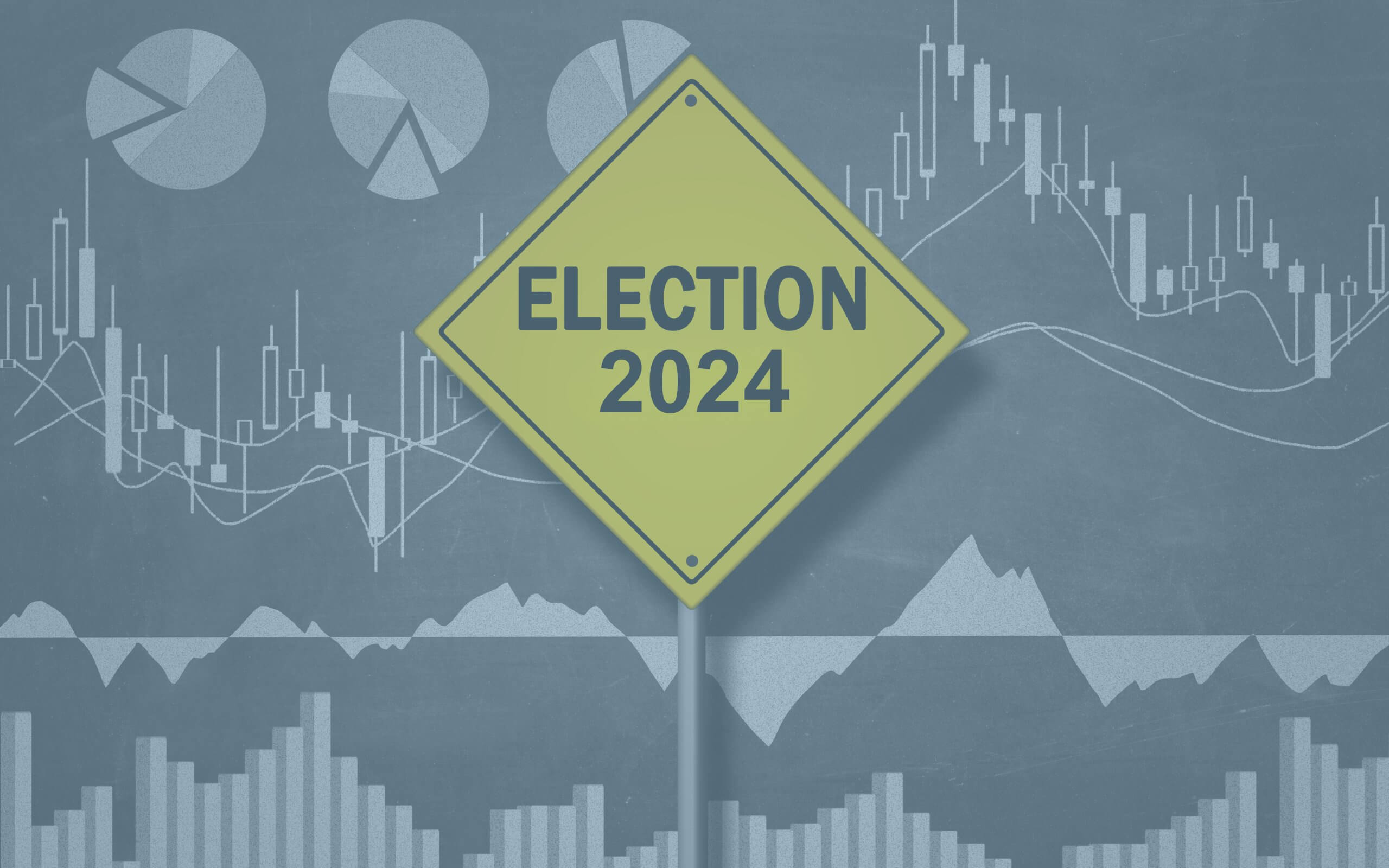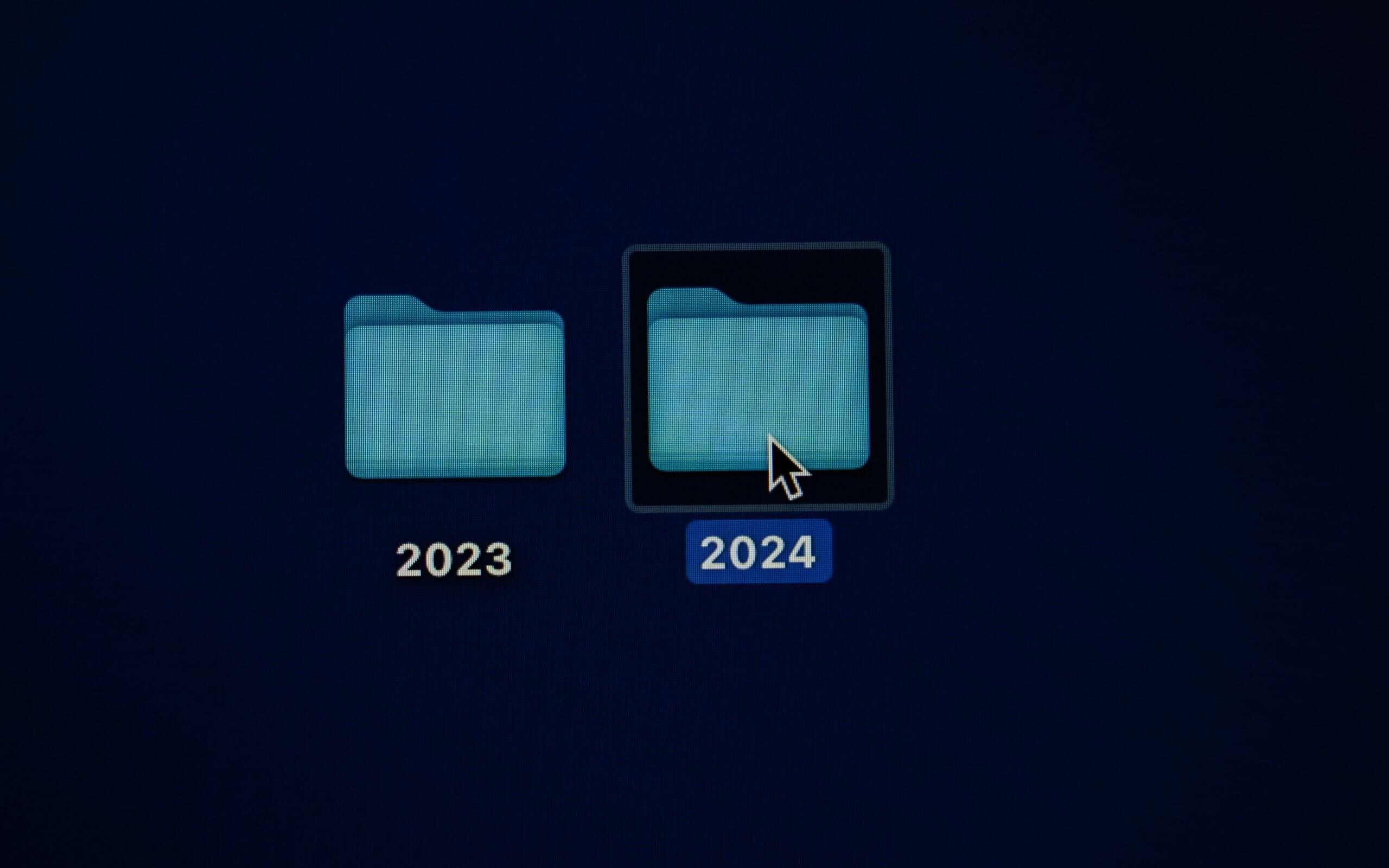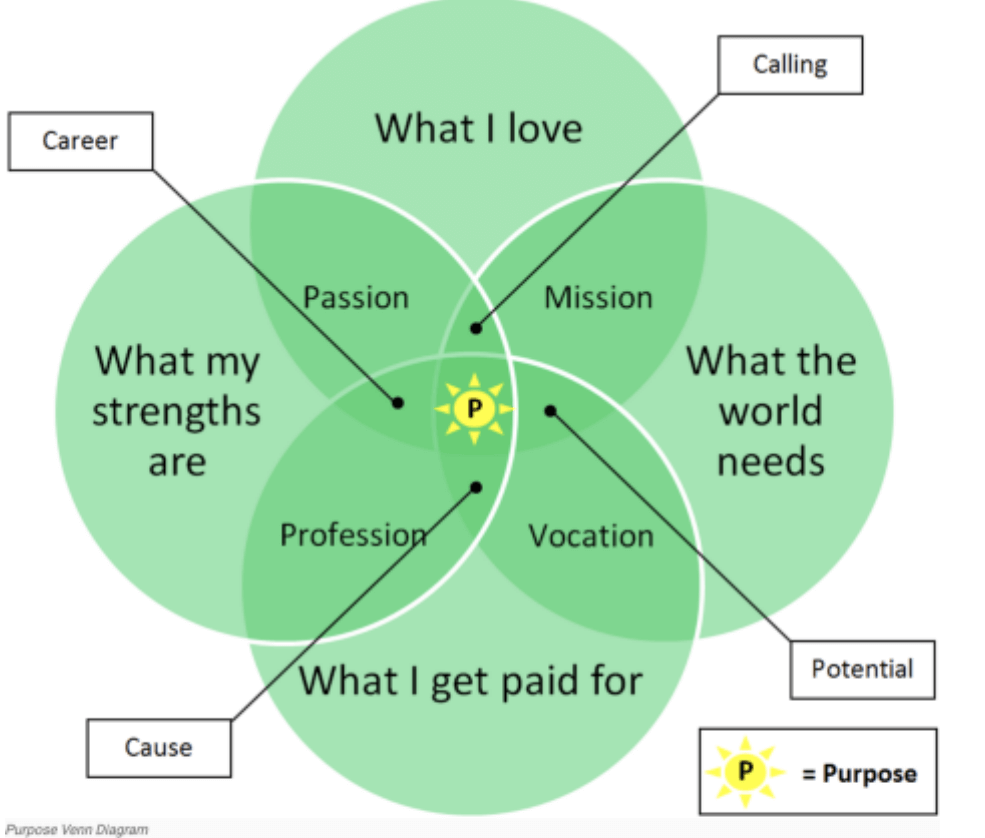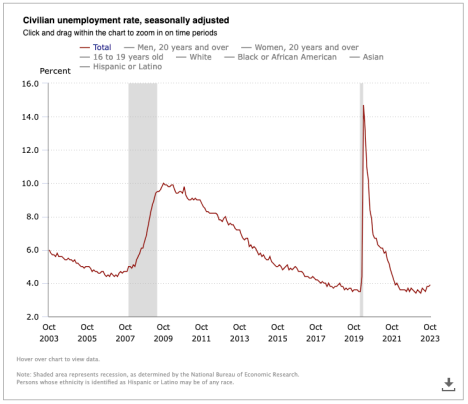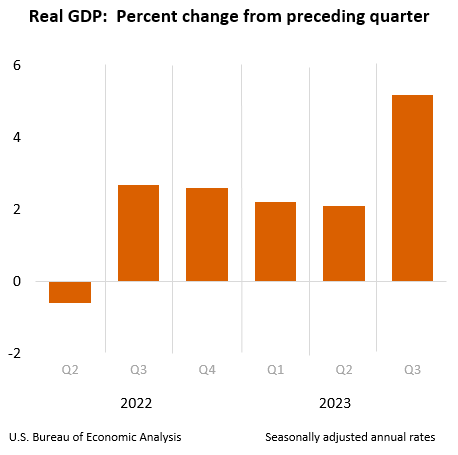In recent years, Diversity, Equity, and Inclusion (DEI) initiatives have faced growing backlash. What was once heralded as a critical strategy for organizational growth and employee well-being is now the target of skepticism, political debate, and even legal challenges. As companies navigate this evolving landscape, one question looms large: What does the war on DEI mean for leadership?
DEI Under Fire: Understanding the Backlash
The backlash against DEI comes from multiple fronts. Critics argue that DEI programs create division, promote tokenism, or prioritize identity over merit. Some political movements have framed DEI as unnecessary or even harmful, leading to legislation aimed at restricting such programs, particularly in public institutions and government-funded entities.
But here’s the reality: DEI isn’t just a ‘nice-to-have’ initiative. It’s a leadership imperative. Organizations with diverse teams outperform their peers in profitability, innovation, and employee engagement. When companies abandon DEI under pressure, they risk not only their reputation but their competitive edge.
Leadership in the Crossfire
Leadership in today’s workplace isn’t just about hitting KPIs or managing resources. It’s about navigating complexity, fostering environments where people can thrive, and making decisions that align with both business goals and core values.
In the face of the DEI backlash, strong leaders are asking themselves:
- How do we create spaces where diverse voices are heard, even if DEI programs are under scrutiny?
- How do we champion equity and inclusion without falling into performative gestures?
- How do we balance external pressures with what’s right for our people and our business?
These questions aren’t just rhetorical; they demand action. Leadership today requires more courage, clarity, and conviction than ever before.
The Cost of Ignoring DEI
Leaders who retreat from DEI initiatives risk more than public criticism. The data is clear:
- Diverse teams drive innovation. Companies in the top quartile for ethnic and cultural diversity outperform those in the bottom quartile by 36% in profitability (McKinsey).
- Inclusion boosts employee engagement. Employees who feel heard and valued are more productive, loyal, and motivated.
- Equity attracts top talent. The next generation of workers cares deeply about company values. Organizations that sideline DEI struggle to recruit and retain the best people.
When leaders neglect DEI, they send a message—intentional or not—that certain voices matter less. This breeds disengagement, reduces collaboration, and ultimately hurts the bottom line.
Redefining DEI for the Future
The war on DEI isn’t just an external battle; it’s a call for leaders to reflect and adapt. DEI doesn’t have to be about checkboxes, quotas, or corporate jargon. At its core, it’s about creating workplaces where everyone can succeed.
So, what does effective DEI leadership look like in today’s climate?
- Lead with Values, Not Just Policies
DEI isn’t a policy—it’s a principle. Strong leaders articulate why diversity and inclusion matter to their organization beyond compliance or PR. They embed these values into their leadership style, decision-making, and company culture. - Shift from Performative to Purposeful
Performative DEI is easy to spot—vague statements without action, one-off trainings, or token representation. Purposeful DEI is embedded in hiring practices, leadership development, and daily operations. It’s not about checking boxes; it’s about changing systems. - Foster Psychological Safety
People won’t speak up if they fear backlash. Leaders must create environments where it’s safe to challenge ideas, share perspectives, and admit mistakes. This isn’t about avoiding conflict; it’s about building trust. - Hold Yourself Accountable
DEI isn’t HR’s job alone. Leaders at every level need to own their role in fostering equity and inclusion. This means setting measurable goals, tracking progress, and being willing to have hard conversations. - Embrace Discomfort
Growth rarely happens in comfort zones. Leaders who are serious about DEI must be willing to confront biases, address systemic barriers, and navigate difficult conversations. This isn’t easy—but leadership never is.
The Leadership Imperative
The war on DEI might rage in politics and public discourse, but in the workplace, the stakes are different. This isn’t about ideology; it’s about impact. Strong leaders understand that diversity, equity, and inclusion aren’t threats to be managed—they’re assets to be leveraged.
At the end of the day, leadership isn’t about avoiding controversy or keeping everyone comfortable. It’s about doing what’s right, even when it’s hard. It’s about creating cultures where people can thrive, businesses can grow, and potential isn’t limited by bias or inequity. The question isn’t whether DEI will survive the backlash. The real question is: Will your leadership rise to the challenge?

With over three decades of progressive experience in the advertising, marketing, and communications fields, Larry Brantley is a luminary in the realm of talent acquisition. Larry Brantley’s enduring dedication, unmatched expertise, and relentless commitment to the industry make him a cornerstone of the creative staffing landscape. His legacy continues to shape the future of talent acquisition and professional growth.



